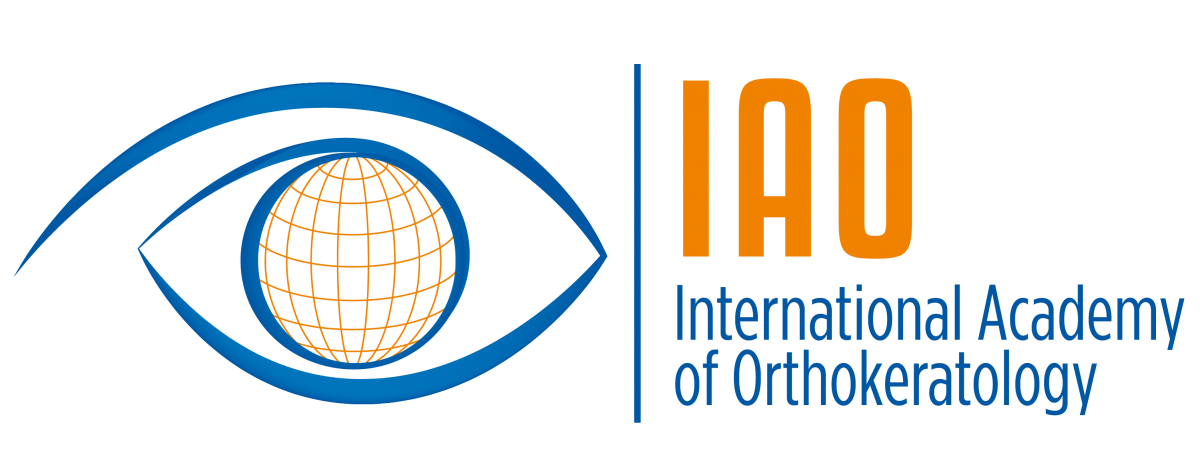Have you or someone you know had problems with blurry vision, even with the help of glasses? You may have undiagnosed keratoconus, a condition more common in New Zealand than anywhere else in the world. Keratoconus occurs most often in people of Maori or Pacific Island descent, those with a family history of the condition, and those who are prone to eye-rubbing, often due to allergies.
Using corneal topography to detect keratoconus.
Keratoconus means ‘cone-shaped cornea’ and occurs when the front layer of the eye becomes thin and bulges into an irregular shape. This may only be detectable with specialist optometry equipment that can map the shape of the eye. Even with glasses vision may appear blurred, ghosted or double, and is often worse in one eye that the other.
Generally the best vision for someone with keratoconus can be achieved with the use of specialty contact lenses. The newest type of contact lens for keratoconus, a scleral lens, offers more comfort, stability and quality of vision than traditional smaller rigid lenses or soft lenses.
Normally keratoconus starts in the teens, and tends to get worsen with age. Eventually this may lead to scarring and poor vision, meaning a corneal transplant may be required. These days a special strengthening procedure called corneal-crosslinking can be performed to prevent further keratoconus progression.
A scleral lens for providing clear vision for someone with keratoconus.
If think you or someone in your family may have keratoconus see Bay Eye Care as our optometrists specialise in managing the condition and have access to all the best tools and treatments for optimal results. Remember that early diagnosis is key to ensure the best quality vision is maintained into the future, so have any children and younger relatives screened for the condition if they are in the high-risk groups mentioned above.








